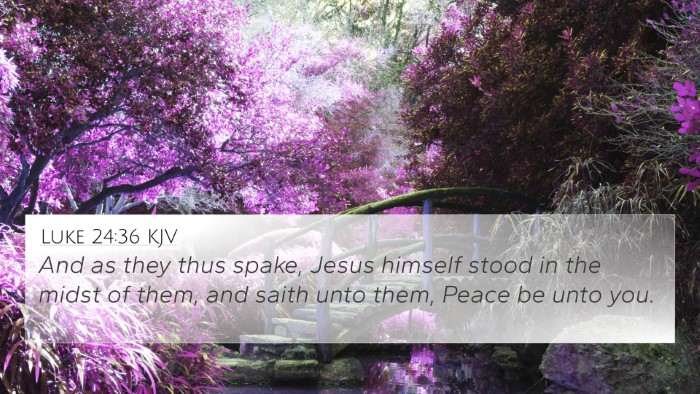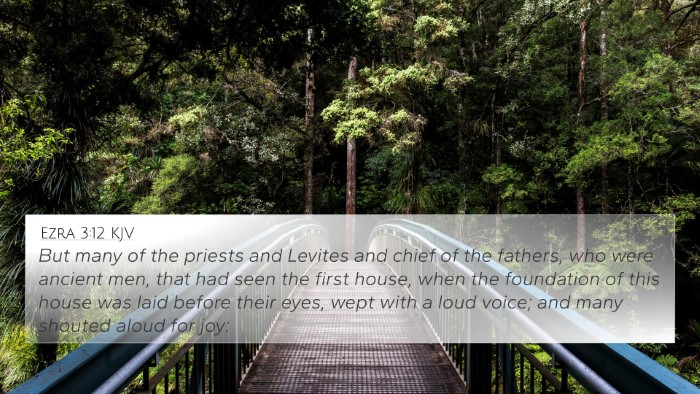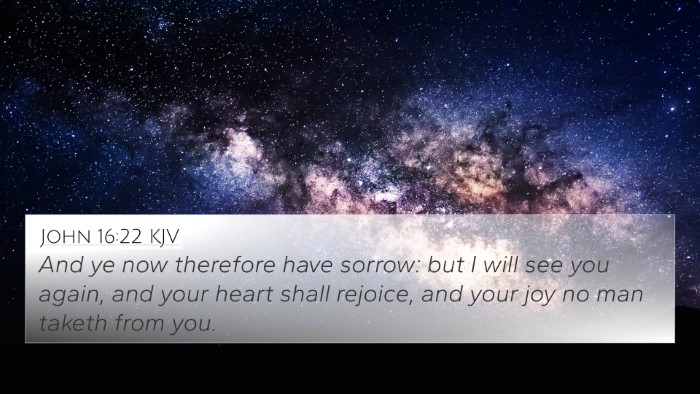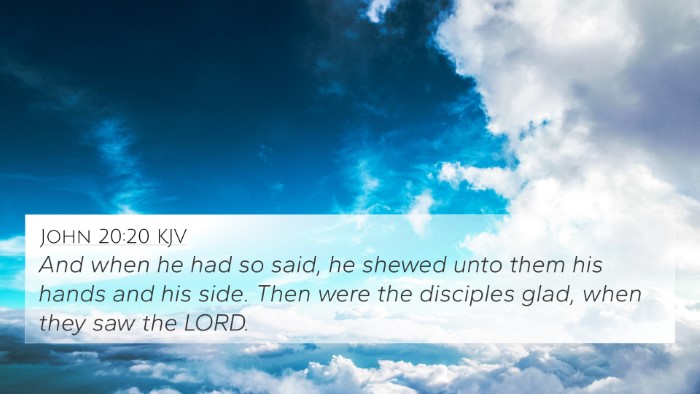Understanding Matthew 28:8
Matthew 28:8 states: "And they departed quickly from the sepulcher with fear and great joy; and did run to bring his disciples word." This verse comes at a pivotal moment in the New Testament, capturing the immediate reaction of the women who discovered the empty tomb of Jesus.
Verse Analysis
The verse emphasizes the emotional responses of the women: fear and great joy. These two emotions coexist, reflecting the overwhelming experience of encountering the resurrected Christ. It illustrates a transition from despair to hope, which is central to the Christian faith.
Key Insights from Commentaries
- Matthew Henry: He notes that the women's fear is a natural response to the miraculous event, reinforcing a profound respect and awe for the divine. Their joy signifies the transformative power of the resurrection and the fulfillment of Jesus' promises.
- Albert Barnes: He points out that the haste with which the women leave the sepulcher symbolizes the urgency of sharing the good news of Jesus’ resurrection, and the phrase "to bring his disciples word" highlights their role as the first evangelists.
- Adam Clarke: Clarke emphasizes that the Greek terms used here suggest a swift departure that indicates both a spiritual and physical journey toward spreading the resurrection message. This foundational moment represents an essential aspect of early Christian witness.
Emotional Dynamics
The duality of fear and joy in this verse serves as a metaphor for the Christian walk. Believers often experience fear when confronted with the power of God, yet this fear coexists with a profound joy rooted in faith. This intersection invites believers to reflect on their responses to divine encounters.
Bible Cross-References
This verse can be connected with several other scripture passages that help illuminate its meaning:
- Matthew 28:1-7: The account of the angel announcing Jesus’ resurrection supports the context of fear and joy.
- Mark 16:5-8: Mark parallels the account, specifically focusing on the women’s response and instruction to tell the disciples.
- John 20:11-18: This passage provides further details on Mary Magdalene’s encounter with the risen Christ, emphasizing her mission of announcement.
- Luke 24:1-10: The account in Luke offers insights into the women’s journey to the tomb and their response to the angelic message.
- Acts 1:8: Jesus' command to be witnesses reflects the commission the women began, setting the stage for the church's mission.
- Romans 10:15: Echoes the importance of bringing the good news, linking directly to the women’s action.
- Revelation 1:18: The affirmations of Christ’s victory over death resonate with the joy expressed by the women.
Connections Between Bible Verses
By examining these connections, we develop a deeper understanding of themes such as resurrection, evangelism, and the emotional landscape of faith. Each referenced verse not only complements Matthew 28:8 but also enriches our comprehension of the overall narrative of the New Testament.
Tools for Bible Cross-Referencing
Understanding how to cross-reference Bible verses is invaluable for deeper biblical studies. Several tools can aid in this exploration:
- Bible Concordance: Helps locate and identify verses related to specific themes.
- Bible Cross-Reference Guide: Provides structured connections between verses across the scriptures.
- Cross-Reference Bible Study: Engages in the significance of correlations between various biblical accounts.
Thematic Bible Verse Connections
By identifying connections between the Old and New Testaments, one can see overarching themes such as resurrection, redemption, and the call to witness, strongly represented in Matthew 28:8:
- Resurrection Power: Linked through various scriptures that discuss the significance of the resurrection (1 Corinthians 15:4-5).
- Evangelistic Mandate: Found throughout the Gospels (Matthew 10:7), emphasizing spreading the message.
Summary
Matthew 28:8 serves as a powerful testament to the heart of the Christian faith—the resurrection. The combined insights from public domain commentaries help clarify the emotional and theological depths of this verse. By cross-referencing related passages, readers gain a robust understanding of how this single verse resonates within the broader biblical narrative, reflecting on themes of fear, joy, and the imperative to proclaim the good news. Those seeking to dive deeper into the connections and meanings can utilize various Bible study tools, facilitating a richer exploration of scripture.









